-
About
- About Listly
- Community & Support
- Howto
- Chrome Extension
- Bookmarklet
- WordPress Plugin
- Listly Premium
- Privacy
- Terms
- DMCA Copyright
- © 2010-2024 Boomy Labs
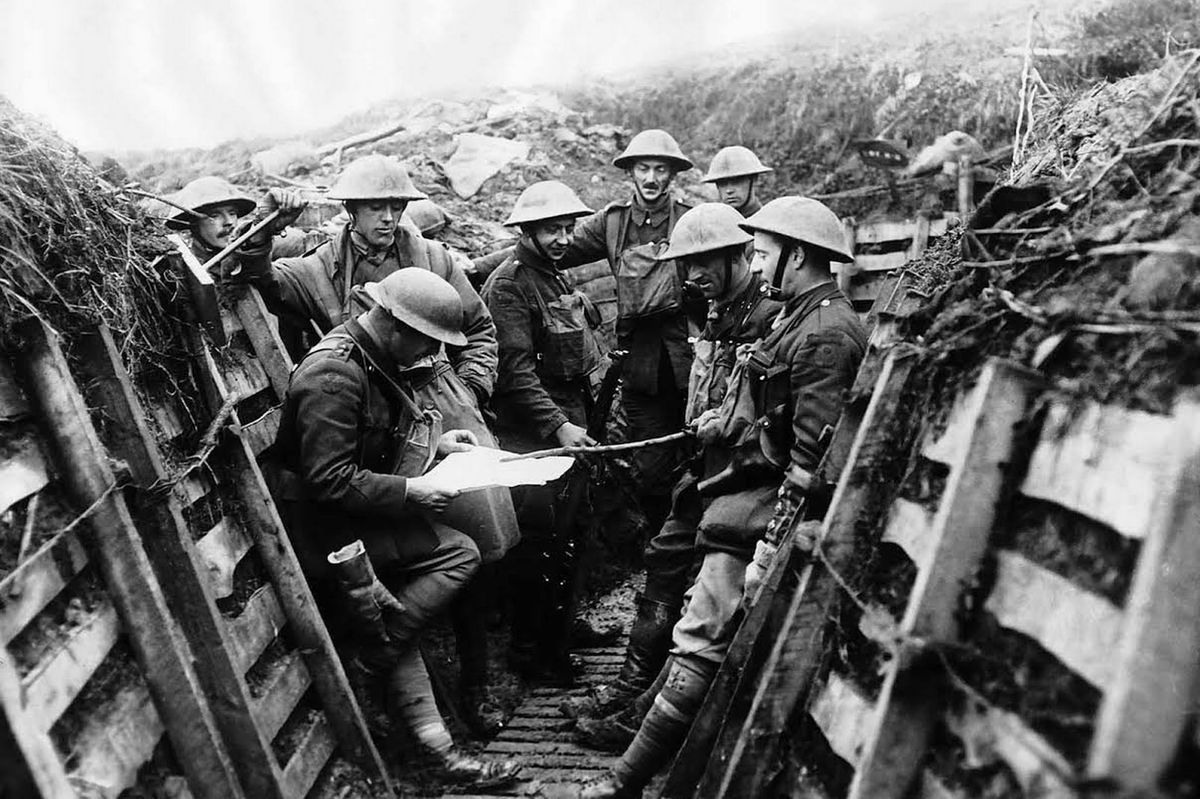

 Leslie Cartier
Leslie Cartier
Listly by Leslie Cartier
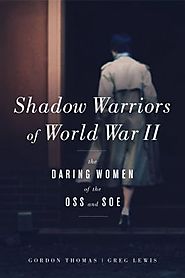
Unveils the history of female agents who worked behind enemy lines during World War II, and the stories of those who established a web of resistance across the continent.
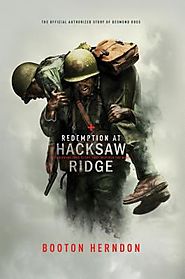
"The men of the 77th Infantry Division couldn't fathom why Private Desmond T. Doss would venture into the horrors of World War II without a single weapon to defend himself. They called him a coward, but the soft-spoken medic insisted that his mission was to heal, not kill. Herndon shares the story of how Doss became the first conscientious objector to receive the Medal of Honor"--OCLC.
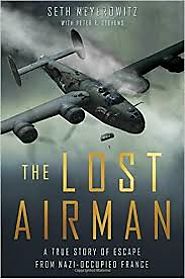
From the Publisher
For fans of Unbroken, the remarkable, untold story of World War II American Air Force turret-gunner Staff Sergeant Arthur Meyerowitz, who was shot down over Nazi-occupied France and evaded Gestapo pursuers for more than six months before escaping to freedom.
Bronx-born top turret-gunner Arthur Meyerowitz was on his second mission when he was shot down in 1943. He was one of only two men on the B-24 Liberator known as "Harmful Lil Armful" who escaped death or immediate capture on the ground.
After fleeing the wreck, Arthur knocked on the door of an isolated farmhouse, whose owners hastily took him in. Fortunately, his hosts not only despised the Nazis but had a tight connection to the French resistance group Morhange and its founder, Marcel Taillandier. Arthur and Taillandier formed an improbable bond as the resistance leader arranged for Arthur's transfers among safe houses in southern France, shielding him from the Gestapo.
Based on recently declassified material, exclusive personal interviews, and extensive research into the French Resistance, The Lost Airman tells the tense and riveting story of Arthur's trying months in Toulouse--masquerading as a deaf mute and working with a downed British pilot to evade the Nazis--and of his hair-raising journey to freedom involving a perilous trek over the Pyrenees and a voyage aboard a fishing boat with U-boats lurking below and Luftwaffe fighters looming above. With photographs and maps included, this is a never-before-told true story of endurance, perseverance, and escape during World War II.
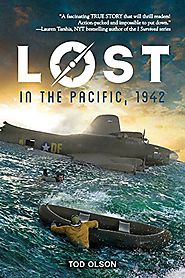
"World War II, October 1942: a plane carrying eight Americans crashes into the middle of the Pacific Ocean. With only four oranges and no fresh water between them, the crew had to band together and rely on each other for survival. What they thought would be only a few hours or days before they were rescued turned into weeks lost at sea fighting off sharks, dehydration, hunger, and extreme heat"--Provided by publisher.
Content Note
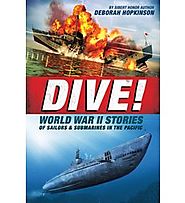
From the Publisher
A vivid portrait of the deadly battles that raged in the Pacific during WWII and the remarkable courage of the sailors who fought them.
Dive! World War II Stories of Sailors & Submarines in the Pacific tells the incredible story of America's "little known war within a war" - US submarine warfare during World War II.
Following the attack on Pearl Harbor, the US entered World War II in December 1941 with only 44 Naval submarines - many of them dating from the 1920s. With the Pacific battleship fleet decimated after Pearl Harbor, it was up to the feisty and heroic sailors aboard the US submarines to stop the Japanese invasion across the Pacific.
Using first-person accounts, archival materials, official Naval documents, and photographs, award-winning author Deborah Hopkinson brings the voices and exploits of these brave men to life.

From the Publisher
In his signature eloquent prose, backed up by thorough research, Russell Freedman tells the story of Austrian-born Hans Scholl and his sister Sophie. They belonged to Hitler Youth as young children, but began to doubt the Nazi regime. As older students, the Scholls and a few friends formed the White Rose, a campaign of active resistance to Hitler and the Nazis. Risking imprisonment or even execution, the White Rose members distributed leaflets urging Germans to defy the Nazi government. Their belief that freedom was worth dying for will inspire young readers to stand up for what they believe in.
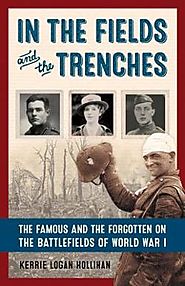
From the Publisher
When it started, many thought the Great War would be a great adventure. Yet, as those who saw it up close learned, it was anything but. In the Fields and the Trenches traces the stories of eighteen young idealists swept into the brutal conflict, many of whom would go on to become well-known 20th-century figures in film, science, politics, literature, and business. Writer J. R. R. Tolkien was a signals officer with the British Expeditionary Force and fought at the Battle of the Somme. Scientist Ir#65533;ne Curie helped her mother, Marie, run twenty X-ray units for French field hospitals. Actor Buster Keaton left Hollywood after being drafted into the army's 40th Infantry Division. And all four of Theodore Roosevelt's sons--Kermit, Archibald, Quentin, and Theodore III--and his daughter Ethel served in Europe, though one did not return.
In the Fields and the Trenches chronicles the lives of heroes, cowards, comics, and villains--some famous, some not--who participated in this life-changing event. Extensive original material, from letters sent from the front to personal journals, brings these men and women back to life. And though their stories are a century old, they convey modern, universal themes of love, death, power, greed, courage, hate, fear, family, friendship, and sacrifice.
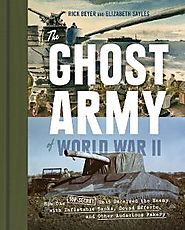
From the Publisher
"The Ghost Army of World War II describes a perfect example of a little-known, highly imaginative, and daring maneuver that helped open the way for the final drive to Germany. It is a riveting tale told through personal accounts and sketches along the way--ultimately, a story of success against great odds. I enjoyed it enormously." - Tom Brokaw
In the summer of 1944, a handpicked group of young GIs--including such future luminaries as Bill Blass, Ellsworth Kelly, Arthur Singer, Victor Dowd, Art Kane, and Jack Masey--landed in France to conduct a secret mission. Armed with truckloads of inflatable tanks, a massive collection of sound-effects records, and more than a few tricks up their sleeves, their job was to create a traveling road show of deception on the battlefields of Europe, with the German Army as their audience.
From Normandy to the Rhine, the 1,100 men of the 23rd Headquarters Special Troops, known as the Ghost Army, conjured up phony convoys, phantom divisions, and make-believe headquarters to fool the enemy about the strength and location of American units. Between missions the artists filled their duffel bags with drawings and paintings and dragged them across Europe. Every move they made was top secret and their story was hushed up for decades after the war's end.The Ghost Army of World War II is the first publication to tell the full story of how a traveling road show of artists wielding imagination, paint, and bravado saved thousands of American lives.
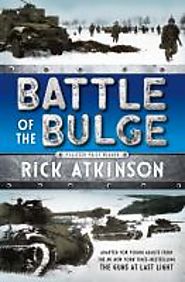
Looks at the Battle of the Bulge, Adolf Hitler's failed offensive into Belgium in December 1944.
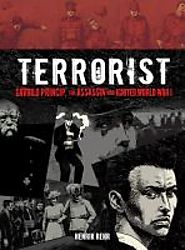
"Fictional account of the life of the young Serbian terrorist, Gavrilo Princep, who touched off World War I in 1914 by assassinating the Archduke Franz Ferdinand"--
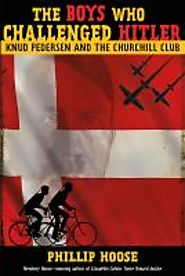
Tells the story of a group of boy resistance fighters in Denmark after the Nazi invasion during World War II.
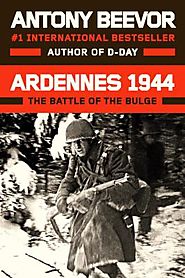
The prizewinning historian and bestselling author of D-Day and Stalingrad reconstructs the Battle of the Bulge in this riveting new account
On December 16, 1944, Hitler launched his ‘last gamble’ in the snow-covered forests and gorges of the Ardennes in Belgium, believing he could split the Allies by driving all the way to Antwerp and forcing the Canadians and the British out of the war. Although his generals were doubtful of success, younger officers and NCOs were desperate to believe that their homes and families could be saved from the vengeful Red Army approaching from the east. Many were exultant at the prospect of striking back.
The allies, taken by surprise, found themselves fighting two panzer armies. Belgian civilians abandoned their homes, justifiably afraid of German revenge. Panic spread even to Paris. While some American soldiers, overwhelmed by the German onslaught, fled or surrendered, others held on heroically, creating breakwaters which slowed the German advance.
The harsh winter conditions and the savagery of the battle became comparable to the Eastern Front. In fact the Ardennes became the Western Front’s counterpart to Stalingrad. There was terrible ferocity on both sides, driven by desperation and revenge, in which the normal rules of combat were breached. The Ardennes—involving more than a million men—would prove to be the battle which finally broke the back of the Wehrmacht.
In this deeply researched work, with striking insights into the major players on both sides, Antony Beevor gives us the definitive account of the Ardennes offensive which was to become the greatest battle of World War II.
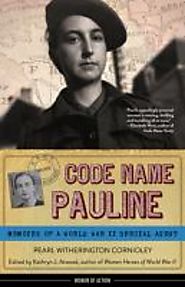
World War II resistance fighter Pearl Witherington Cornioley describes her experiences as a special agent for the British Special Operations Executive (SOE).
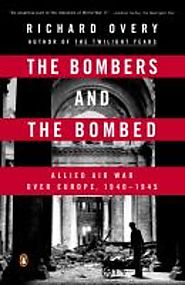
Examines the impact that Allied bombing, including Great Britain and the United States, had on the economy, enemy population demoralization and more, during World War II.
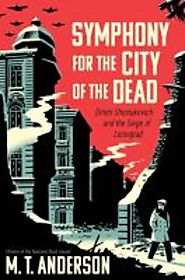
"An account of the Siege of Leningrad reveals the role played by Russian composer Dmitri Shostakovich and his Leningrad Symphony in rallying and commemorating their fellow citizens"--OCLC.
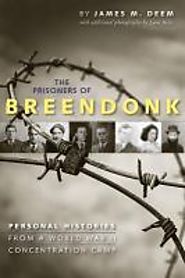
"This absorbing and captivating nonfiction account (with never-before-published photographs) offers readers an in-depth anthropological and historical look into the lives of those who suffered and survived Breendonk concentration camp during the Holocaust of World War II"--Provided by publisher.
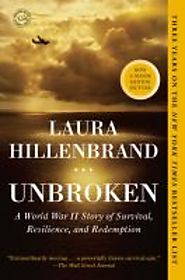
A biography of Olympic runner and World War II bombardier, Louis Zamperini, who had been rambunctious in childhood before succeeding in track and eventually serving in the military, which led to a trial in which he was forced to find a way to survive in the open ocean after being shot down.
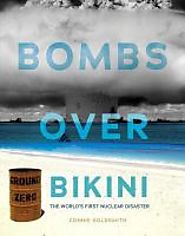
In 1946, as part of the Cold War arms race, the US military launched a program to test nuclear bombs in the Marshall Islands of the Pacific Ocean. From 1946 until 1958, the military detonated sixty-seven nuclear bombs over the region's Bikini and Enewetak Atolls. The twelfth bomb, called Bravo, became the world's first nuclear disaster. It sent a toxic cloud of radiation over Rongelap Atoll and other nearby inhabited islands.The testing was intended to advance scientific knowledge about nuclear bombs and radiation, but it had much more far-reaching effects. Some of the islanders suffered burns, cancers, birth defects, and other medical tragedies as a result of radiation poisoning. Many of the Marshallese were resettled on other Pacific islands or in the United States. They and their descendants cannot yet return to Bikini, which remains contaminated by radiation. And while the United States claims it is now safe to resettle Rongelap, only a few construction workers live there on a temporary basis.
For Bombs over Bikini , author Connie Goldsmith researched government documents, military film footage, and other primary source documents to tell the story of the world's first nuclear disaster. You'll meet the people who planned the test operations, the Marshall Islanders who lost their homes and suffered from radiation illnesses, and those who have worked to hold the US government accountable for catastrophically poor planning. Was the new knowledge about nuclear bombs and radiation worth the cost in human suffering? You decide.

On July 17, 1944, a massive explosion rocked the segregated Navy base at Port Chicago, California, killing more than 300 sailors who were at the docks, critically injuring off-duty men in their bunks, and shattering windows up to a mile away. On August 9th, 244 men refused to go back to work until unsafe and unfair conditions at the docks were addressed. When the dust settled, fifty were charged with mutiny, facing decades in jail and even execution.
This is a fascinating story of the prejudice that faced black men and women in America's armed forces during World War II, and a nuanced look at those who gave their lives in service of a country where they lacked the most basic rights.
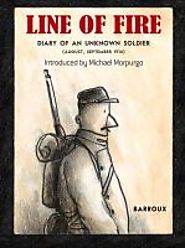
A nonfiction graphic novel in which text taken from the World War I diary by an unknown French soldier is paired with illustrations depicting the action.
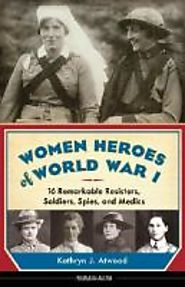
Contains sixteen accounts of women who performed heroic feats in World War I as members of resisters and spies, medical personnel, soldiers, and journalists.
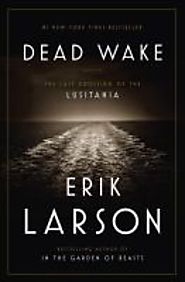
With a narrative as smooth as the titular passenger liner, Larson (In the Garden of Beasts) delivers a riveting account of one of the most tragic events of WWI. The fact a German U-boat sank the Lusitania off the coast of Ireland in May 1915 is undisputed, so Larson crafts the story as historical suspense by weaving information about the war and the development of submarine technology with an interesting cast of characters. He expertly builds tension up to the final encounter. An unanticipated sequence of events put the Lusitania in the path of Capt. Walther Schwieger's U-20, and he didn't hesitate to open fire. The Lusitania's captain, the capable and accomplished William Thomas Turner, did everything in his power to avert the catastrophe, but fate intervened, taking the lives of 1,195 passengers and crew members, including 123 Americans. Despite the stunning loss of life, President Woodrow Wilson held firm to American neutrality in the war, at least in 1915. Larson convincingly constructs his case for what happened and why, and by the end, we care about the individual passengers we've come to know-a blunt reminder that war is, at its most basic, a matter of life and death.
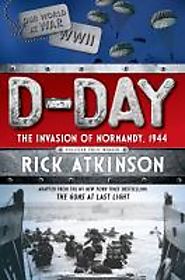
"Captures the events and the spirit of that D-Day, June 6, 1944, the day that led to the liberation of western Europe from Nazi Germany's control"--Publisher.
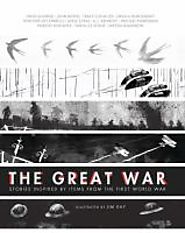
A toy soldier. A butter dish. A compass. Mundane objects, perhaps, but to the remarkable authors in this collection, artifacts such as these have inspired stories that go to the heart of the human experience of World War I. Each author was invited to choose an object that had a connection to the war--a writing kit for David Almond, a helmet for Michael Morpurgo--and use it as the inspiration for an original short story. What results is an extraordinary collection, illustrated throughout by award-winning Jim Kay and featuring photographs of the objects with accounts of their history and the authors' reasons for selecting them. This unique anthology provides young readers with a personal window into the Great War and the people affected by it, and serves as an invaluable resource for families and teachers alike.
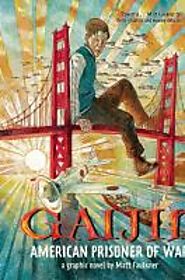
With a white mother and a Japanese father, Koji Miyamoto quickly realises that his home in San Francisco is no longer a welcoming one after Pearl Harbor is attacked. And once he's sent to an internment camp, he learns that being half white at the camp is just as difficult as being half Japanese on the streets of an American city during WWII. Koji's story, based on true events, is brought to life by Matt Faulkner's cinematic illustrations that reveal Koji struggling to find his place in a tumultuous world-one where he is a prisoner of war in his own country. (Graphic Novel format).
